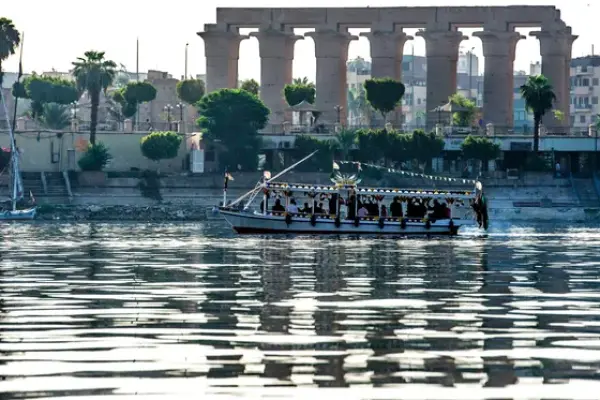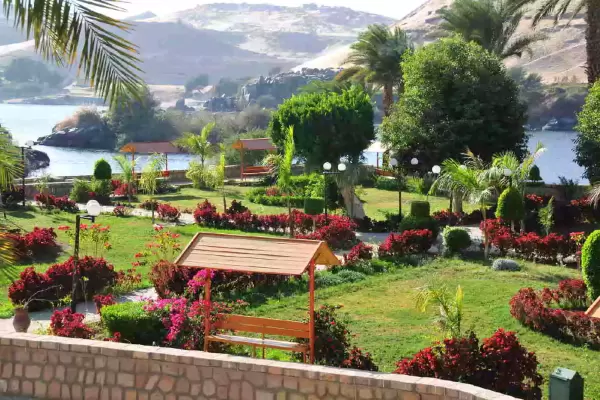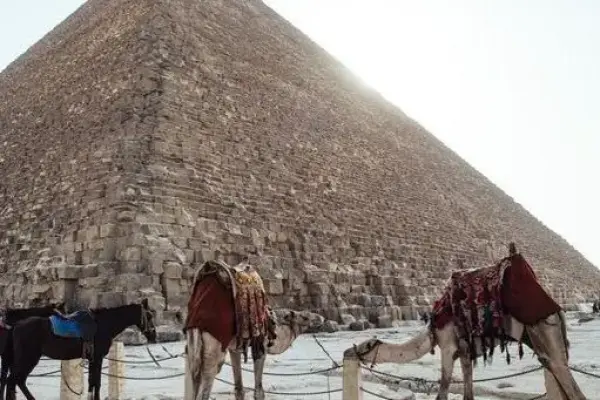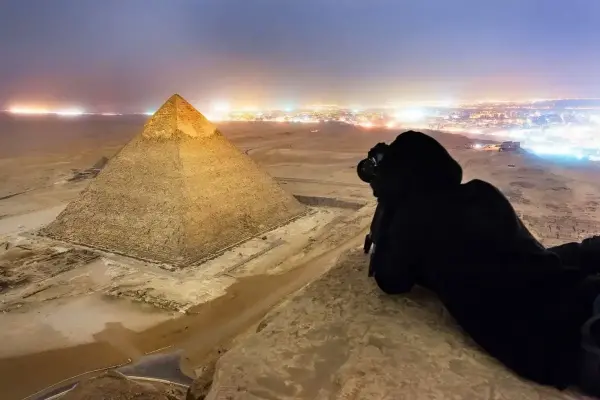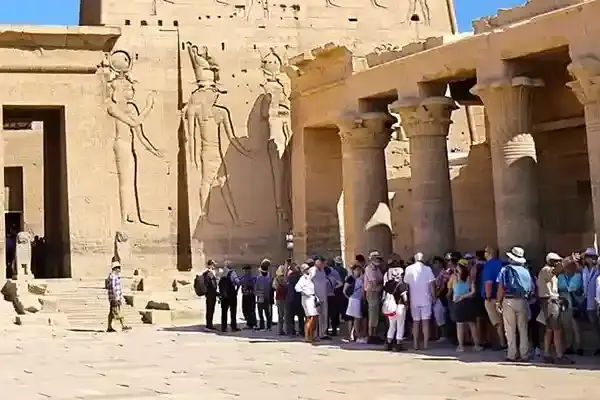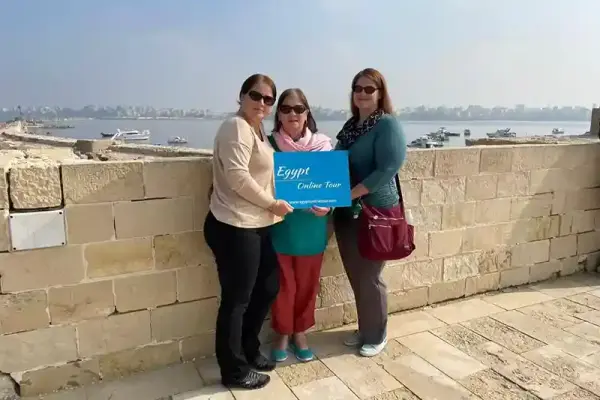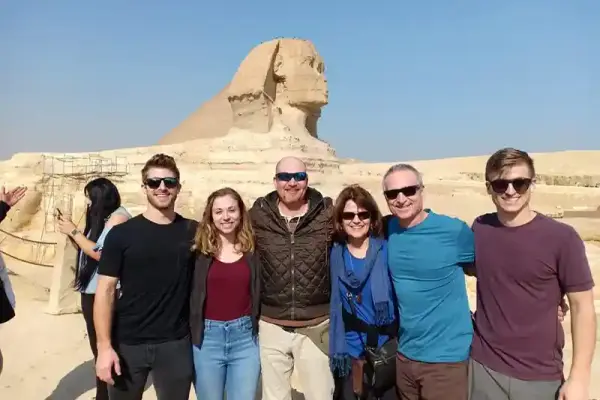Table of contents [Show]
History of the Nile river
The Nile River is one of the world's most huge streams. It is right around 4,000 kilometers in length and passes across 11 African countries. The stream has been a wellspring of life for individuals and creatures for quite a long time. The waterway is so vital to individuals who live along it that they have fostered an extraordinary relationship with it. The Egyptians believed the Nile to be a gift from the divine beings. They revered the waterway and gave contributions to keep it streaming. The Nile has likewise been a wellspring of contention. The various nations that the stream goes through have battled about its water for a really long time. Indeed, even today, there are debates between these nations about how to utilize the stream's water. In this blog entry, we will investigate the historical backdrop of the Nile River. We will follow its beginnings and follow its course as the years progressed. We will likewise find out about individuals who have lived along its banks and the way that they have utilized the river.
History
The early history of the Nile Waterway is to a great extent obscure, yet it is remembered to have first been occupied by people around 10,000 BCE. The principal known developments to emerge in the Nile Valley were the Egyptians and the Nubians. The Egyptians fostered a mind boggling and strong human progress that ruled the district for a really long time, while the Nubians fabricated a more modest yet similarly great civilization toward the south.
Around 3100 BCE, the Egyptians started development on what might become quite possibly of the most renowned design ever: the Incomparable Pyramid of Giza. This monstrous burial place was worked for Pharaoh Khufu, and it would remain as a demonstration of Egyptian power for centuries.
Alexander the Incomparable attacked Egypt in 332 BCE, introducing another period for the realm. Egypt was governed by the Greeks until 30 BCE when it was taken by Rome. The Romans governed Egypt for a really long time, and during this time Christianity started to spread through the country.
Egypt was vanquished by Middle Easterners in 641 CE, who carried Islam to the country. The Bedouins would lead Egypt for quite a long time until it was vanquished by Europeans in the last part of the 1700s. From that point forward, Egypt has gone through many changes, yet the Nile Waterway stays a significant piece of life in this old land.
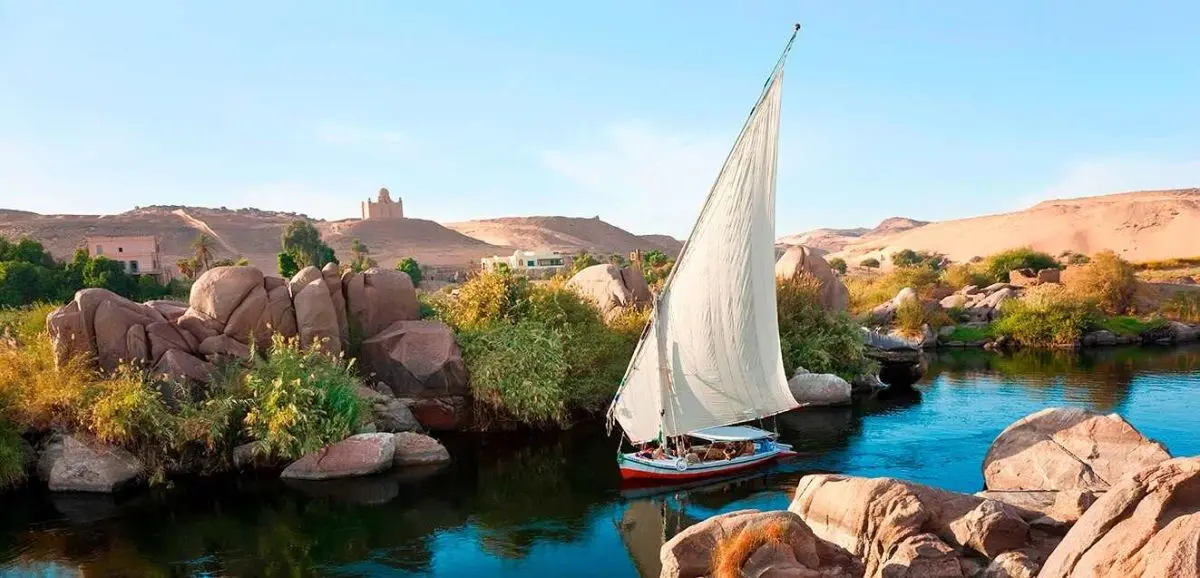
Water sharing dispute
The Nile River is one of the world's longest rivers, stretching over 6,700 kilometers from its headwaters in central Africa to its delta on the Mediterranean Sea. The river and its tributaries provide water for agriculture, industry, and domestic use in 11 countries: Tanzania, Uganda, Rwanda, Burundi, the Democratic Republic of Congo, Kenya, Ethiopia, Sudan, South Sudan, Egypt, and Eritrea. With a population of over 472 million people living in these countries about 7 percent of the world's population the Nile basin is one of the most densely populated river basins in the world.
Since prehistoric times, people have depended on the Nile for transportation, irrigation for crops, and drinking water. The construction of dams and other engineering works in the 20th century has also altered the flow of the river and its ecosystem. As a result of these changes and increasing demands on water resources, tensions have arisen between riparian countries over how to best share and manage this vital resource.
The most recent manifestation of these tensions was seen in May 2019 when Ethiopia began filling a large reservoir on the Blue Nile one of the two main tributaries that form the Nile River – as part of a hydropower project called Grand Ethiopian Renaissance Dam (GERD). Egypt voiced strong opposition to the dam-filling process out of concern that it would reduce the already scarce flow of water downstream. After months of negotiations between Ethiopia, Egypt, and Sudan
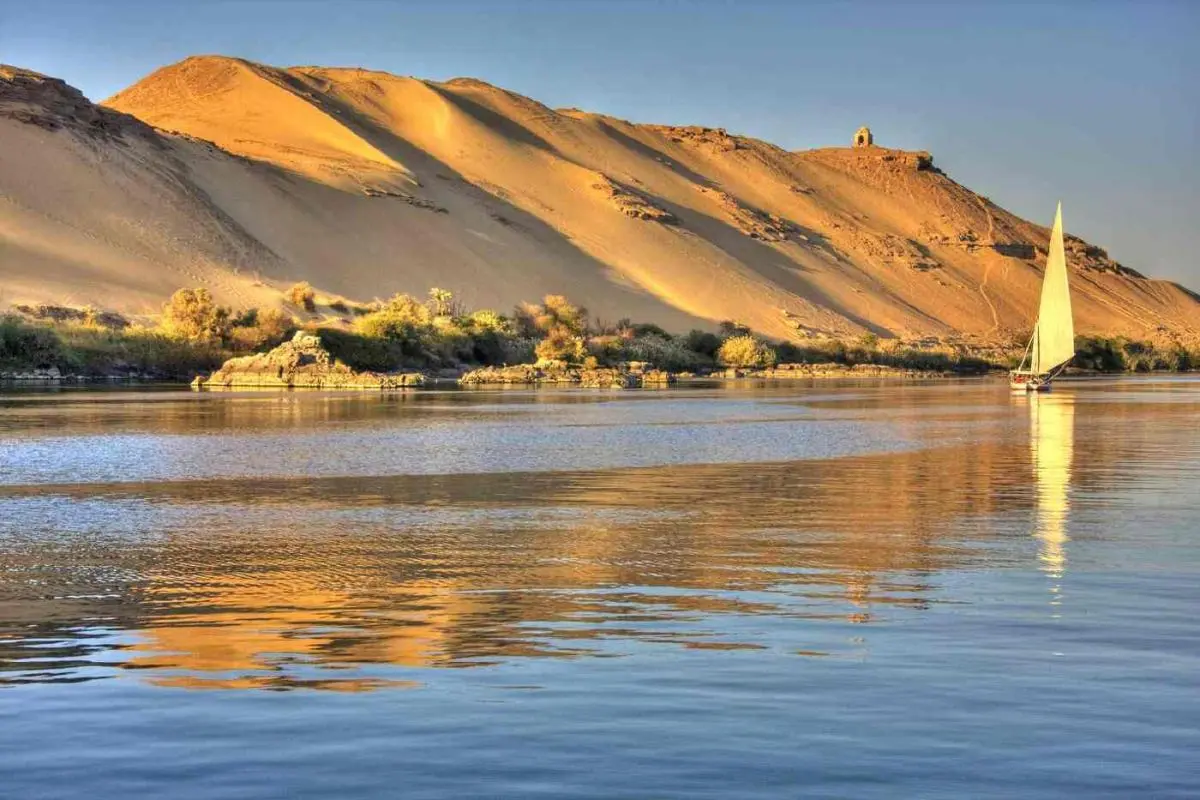
Modern achievements and exploration
The Nile River has been an important part of human history since ancient times. The river has been utilized for transportation, agriculture, and water supply for humans and animals. In recent years, the river has become a famous tourist and adventure attraction.
The construction of the Aswan Dam in 1964 allowed for increased navigation and exploration of the river. Today, there are many different ways to experience the Nile River, whether it be by boat, raft, or even by hot air balloon.
Tourists can visit ancient Egyptian sites along the river, such as Luxor and Karnak. Adventurers can go whitewater rafting in the rapids near Aswan. And everyone can enjoy the breathtaking views of the Nile from a hot air balloon.
No matter how you choose to experience it, the Nile River is sure to leave a lasting impression.
Popular Categories
Related tours
Cairo, Aswan, and Luxor
-
Starting From
$ 2,850
-
Type
Package
Cairo, Aswan, and Luxor
-
Starting From
$ 1,600
-
Type
Package
Cairo, Aswan, and Luxor
-
Starting From
$ 1,850
-
Type
Package
